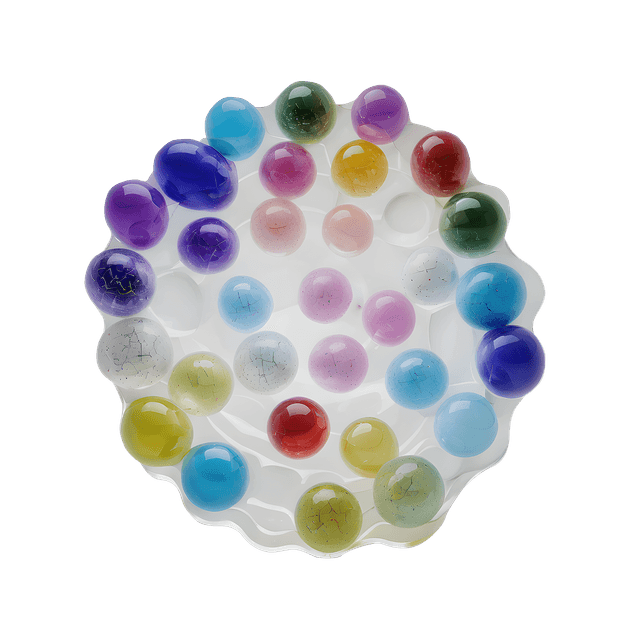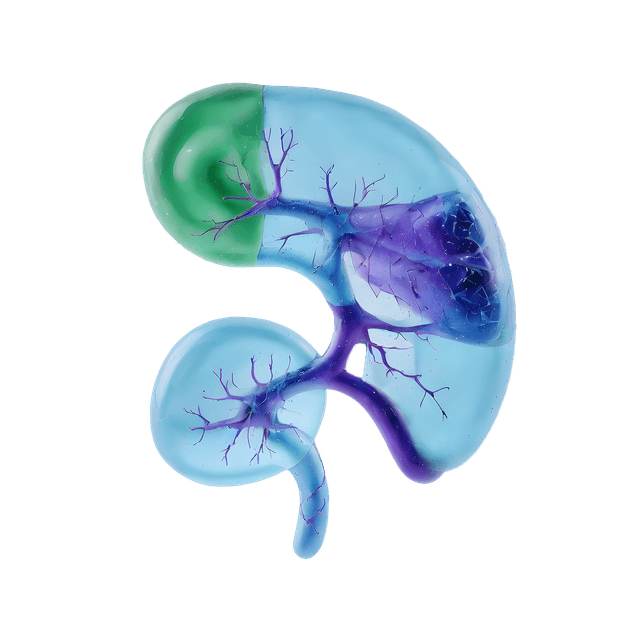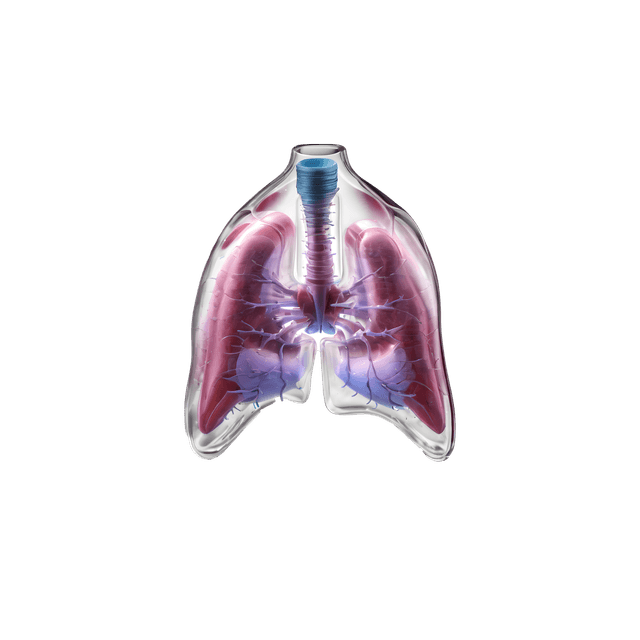What is P-Lead?
P-Lead is a biomarker used to measure lead concentrations in blood. Analyzing lead concentration is essential for assessing exposure risk, as high levels can lead to poisoning. Lead is a toxic metal that occurs naturally and can be absorbed through food, drinking water, and air, especially in industrial settings. Children are particularly sensitive to lead since high levels can impair mental and cognitive development.
Why is P-Lead important to analyze?
Blood lead analysis is crucial for identifying exposure risk, particularly in high-risk occupations and children. Long-term exposure can impact the nervous system, kidneys, and blood formation, causing symptoms like fatigue and gastrointestinal issues.
What can cause lead poisoning?
Lead poisoning mainly results from occupational exposure (e.g., handling lead-based paint) or contaminated water and food. Common sources include metalwork, indoor shooting ranges, older ceramics, and wild game containing lead shot. In children, swallowed lead objects pose a risk.
Common Causes of Lead Poisoning
People working with lead-based metal are at high risk, including metal processing like cutting, blasting, and welding, as well as indoor shooting ranges where lead dust may be inhaled.
Public Lead Exposure
In Sweden, abnormal lead intake can come from drinking water or food stored in lead-glazed ceramics. In older homes, lead can leak from pipes or wall paint, and private well water may also contain high lead levels.
Reference Ranges for Lead, Pb (B-)
The typical reference value for blood lead in adults is
Practical Advice for Lead Exposure
- Regular monitoring: High-risk workers should regularly test their blood lead levels.
- Protective measures: Use protective equipment and maintain good hygiene practices.
- Avoid contaminated sources: Use lead-free materials and ensure drinking water sources are lead-free.





















